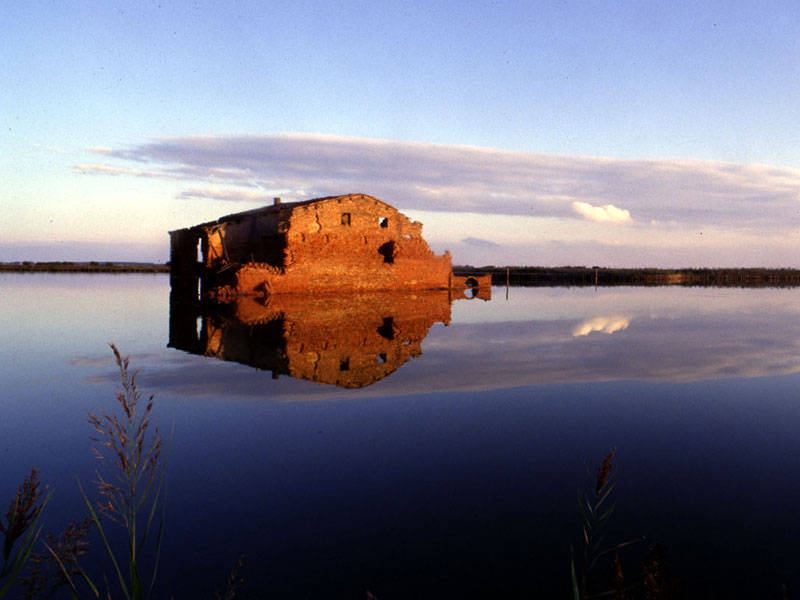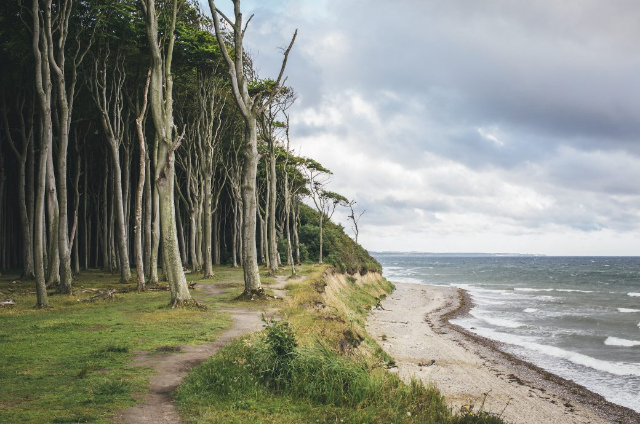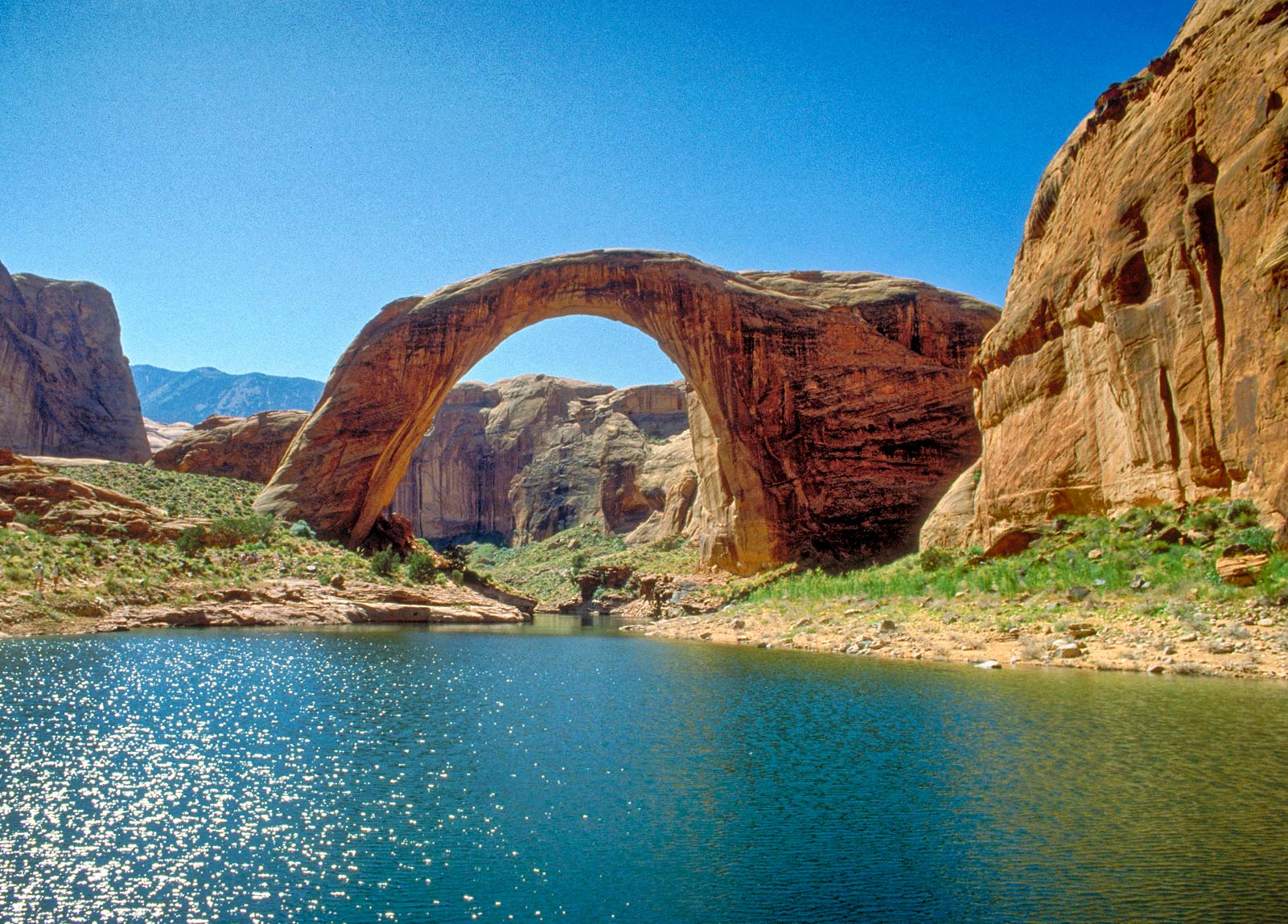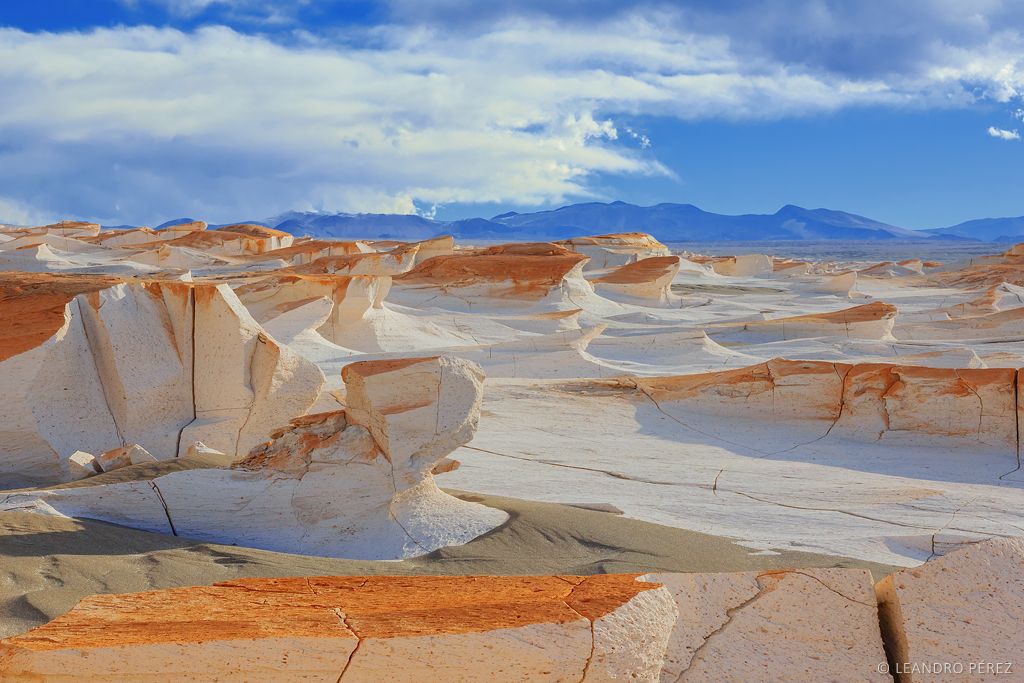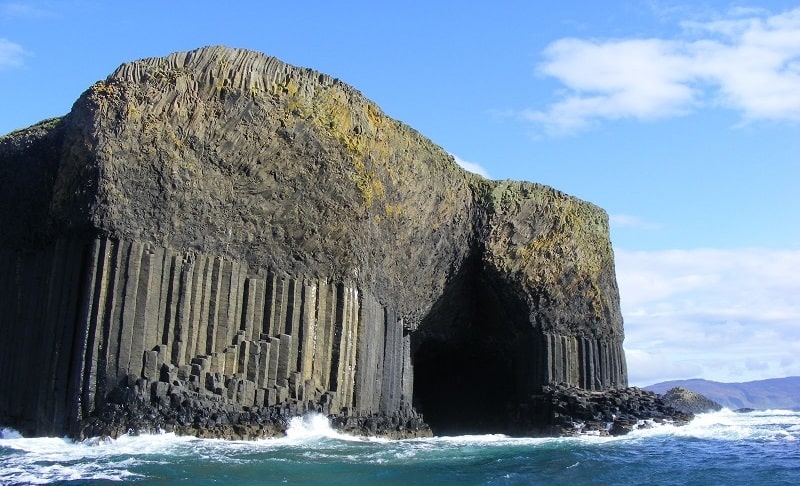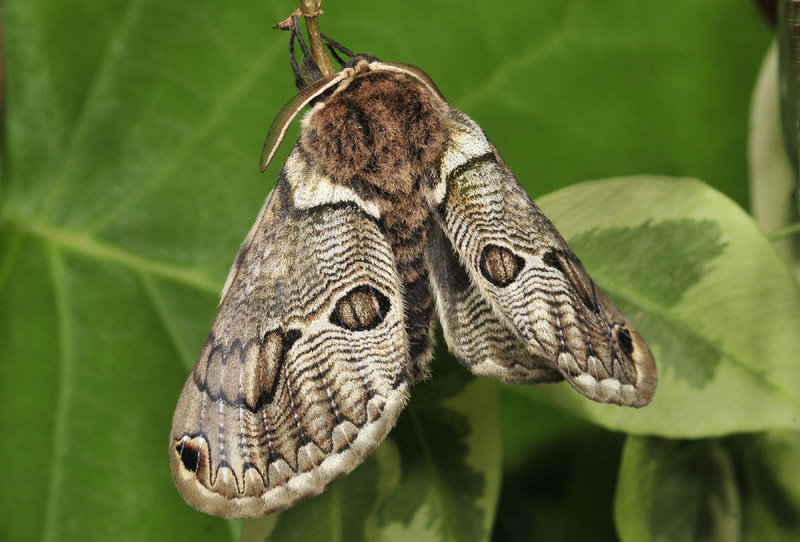It is a lagoon and marsh complex covering 4 valleys: Lido di Magnavacca, Fossa di Porto, Campo and Fattibello. The territory currently covers more than 13,000 hectares, from Comacchio to the Reno River. The extent of the Valleys, originally about 73,000 hectares, was gradually reduced as a result of various land reclamations. With the Bertuzzi Valley, they constitute one of the most extensive wetlands in Italy.
The Comacchio Valleys were born around the 10th century due to the lowering of the soil and the swamping of the coastal area. Initially the Valleys were filled with fresh water, which came from recurrent river floods. Starting in the 16th century they gradually filled with sea water, providing the appearance, which they still retain today, of brackish valleys. The Valleys also formed because long ago the Po delta lay much further south than it does now. But the river, barred by its own debris, rose northward, leaving a vast marshy area.
Some of the most common plants in these valleys are oak, stone pine, beech, marsh cane, tamarisk, There are numerous pine forests in this region, and the most important are those of Cervia and Ravenna as well as the Mesola Woods.
The Valleys are home to the largest variety of ornithological fauna in Italy, in fact we find more than 300 species of birds such as flamingos, stilt-birds, egrets, grey herons and kingfishers. In addition there are fish such as bream, eel, sea bass, mullet, flounder, and mammals such as foxes.
In the valleys of Comacchio there is much fishing, which is traditionally practiced with the lavoriero, a system that through a series of communicating basins makes it possible to separate, during catching, the eel from other types of fish In addition, there are numerous salt pans. Typical of the area are the fishing casoni, huts made of poles, straw and marsh reeds. These structures functioned both as fishing stations and as lookout stations for surveillance against illegal fishing.
